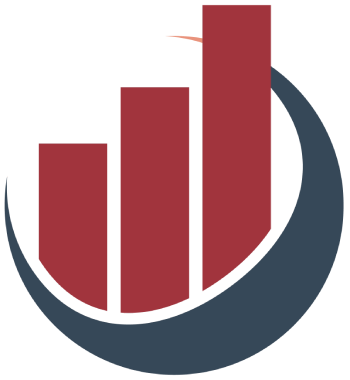For small businesses, maintaining a healthy cash flow is akin to keeping the heart beating in a living organism. This flow can be disrupted by various factors including delays in customer payments, unexpected expenses, or seasonal downturns. Business owners often find themselves grappling with cash flow gaps, which can hinder operations or growth. Fortunately, financing options such as invoice factoring and business lines of credit offer practical solutions. However, each option contains unique benefits and considerations that demand careful thought.
Invoice Factoring: A Quick Cash Solution
Invoice factoring, often referred to as accounts receivable factoring, allows businesses to sell their unpaid invoices in exchange for immediate cash. This process offers a lifeline for companies facing urgent financial needs, essentially converting future payments into usable capital today. Here’s a closer look at how it operates:
The initial step involves entering a factoring agreement where you sell your invoices at a discounted rate to a factoring company. This agreement lays out the terms and conditions, including fees, and highlights the fact that not all industries are eligible for such transactions. Following this, the factoring company advances a significant percentage—typically between 80% to 90%—of the invoice amount.
The factoring company then assumes the role of collector for those invoices, notifying your customers of the change in payment processing. Once payments are collected, they deduct their fees and remit the remaining balance to you. However, caution is warranted; if you’ve opted for recourse factoring, you’ll be liable for any unpaid invoices, which could potentially negate some of the initial advantages of this solution.
The Flexibility of a Business Line of Credit
In contrast, a business line of credit provides a revolving source of funds, allowing businesses to borrow only what they need, when they need it. Such an option can offer a safety net for ongoing expenses and unpredictable cash flow scenarios. The fundamental mechanics of a business line of credit involve applying for a predetermined credit limit, which will govern how much capital you can access. The beauty of this finance tool lies in its flexibility; borrowers can draw down on the line of credit as needed, generally paying interest only on the amounts withdrawn.
Moreover, once you begin repaying the drawn amounts, those funds become available to borrow again. Such a feature is invaluable for businesses that regularly encounter cash flow variations. An additional benefit of responsibly managing a line of credit is that it can contribute positively to your business credit score—an advantage that can translate to better financing options in the future.
Pros and Cons: The Key Considerations
When weighing your options between invoice factoring and a business line of credit, several factors come into play that could sway your decision.
Pros of Invoice Factoring:
– Rapid access to cash without the need for traditional loan qualifications.
– No debt obligation since you’re selling an asset, not borrowing.
– Ideal for businesses with customers who may take long to pay.
Cons of Invoice Factoring:
– Potential high costs due to factoring fees, which could overshadow the benefits.
– Limited to the value of accounts receivable.
– Customer relations risk since factoring companies often take over collections.
Pros of a Business Line of Credit:
– Flexibility to tailor borrowing to immediate business needs.
– Simpler access to capital over time, requiring no loan reapplication process.
– Potentially lower overall interest rates compared to factoring fees.
Cons of a Business Line of Credit:
– Creditworthiness plays a significant role in approval processes, which can limit access for some business owners.
– Risk of overspending due to easy access to funds, potentially leading to financial strain.
– Interest payments accumulate on borrowed amounts, which can add to costs.
Choosing the Right Fit for Your Business
Your choice between invoice factoring and a business line of credit should stem from a comprehensive understanding of your business’s financial landscape. If your business frequently experiences cash flow issues tied to outstanding invoices, factoring could be your fastest route to financial stability. This option is particularly beneficial for startups or businesses with less access to traditional credit.
Conversely, if you’re looking for an ongoing, flexible solution that allows you to manage cash flow proactively while also building your credit history, a line of credit may be your best bet. Being aware of your unique cash flow needs, industry constraints, and repayment capabilities will be instrumental in guiding your decision. After all, an informed choice leads to better financial health and sustainability, aligning with your business goals for a thriving future.


Leave a Reply